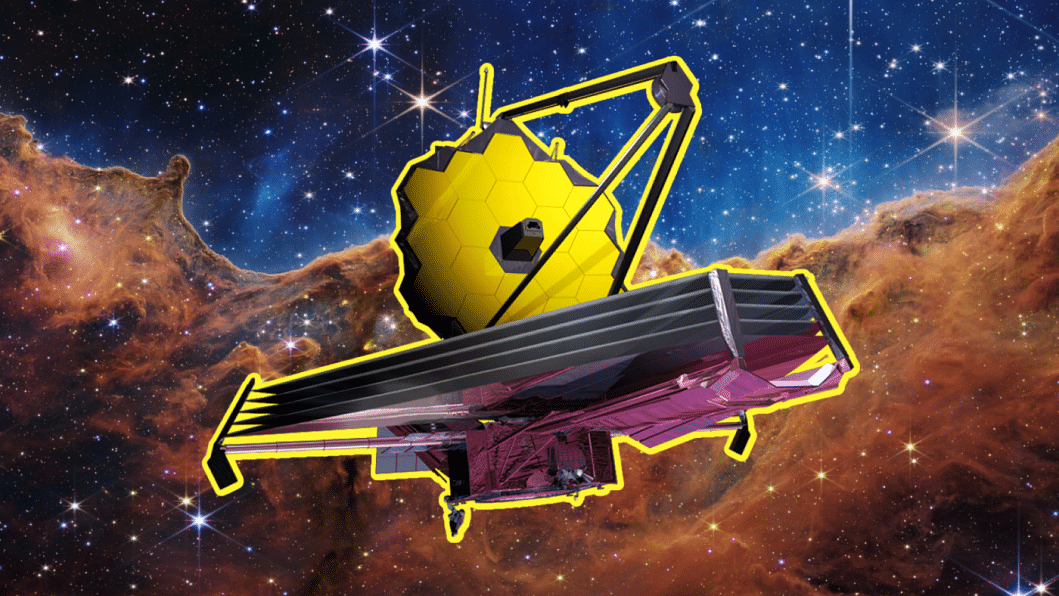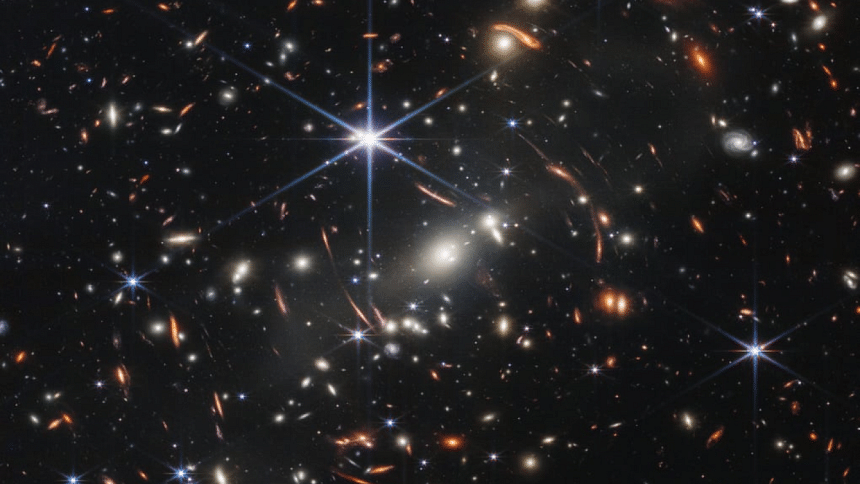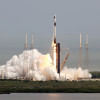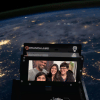Why I’m excited about NASA's James Webb Space Telescope

Growing up as someone interested in astronomy, it is no surprise that the very first book I ever bought was titled The Universe. While the primary reason why four-year-old me had bought the book was the colourful pictures of planets and stars, reading through it, as I grew up, did deepen my fascination to know and understand the mysteries of the universe — from its origin to its ultimate fate.
Therefore, when I first came to know about the James Webb Space Telescope, I was not only excited but thrilled to the very core. I still remember that the first time I had heard about the James Webb Space Telescope was in a televised National Geographic program, in which it was said how the James Webb Space Telescope would be a successor to the Hubble Space Telescope and would help us unlock the secrets of the universe.
But what really makes the James Webb Space Telescope so unique compared to its predecessors?
Its predecessor, the Hubble Space Telescope, could only detect ultraviolet light, visible light and only a small slice of the infrared spectrum. This means that Hubble could capture images of galaxies formed 400 million years after the Big Bang.
This was a tremendous feat, considering that the Hubble Space Telescope went into orbit back in 1990.

However, for a space telescope to capture images of even older galaxies, it would also have to detect infrared light as visible light from the older galaxies undergo an effect known as red-shifting, as they move further away from us due to the expansion of the universe.
This is where the James Webb Space Telescope comes in. Unlike its predecessors, this telescope can actually detect mid-infrared light, allowing it to capture images of galaxies formed just 200 million years after the Big Bang.
As a matter of fact, the first images from the telescope unveiled by NASA on July 12 provide stunning detail into how the oldest galaxies were more than 13 billion years ago. What is even more exciting is the fact that the other images to be released in the future will provide insights into the universe from more than 13.8 billion years ago.
Apart from observing some of the oldest galaxies in the universe, the James Webb Space Telescope can also peek inside the atmosphere of exoplanets (planets outside the solar system), and assess the possibilities of life thriving on those planets by investigating their physical and chemical properties.
This will allow us to come closer than ever to answering one of the most crucial questions concerning humanity — whether or not earth is the only planet in the universe which is capable of sustaining life. This is a thought which has crossed the mind of almost every human being ever born on this planet, and seeing humanity come this close to answering such a question is simply sensational to me.
This magnificent instrument will open up new frontiers in cosmology and provide us with an even more extraordinary and awe-inspiring understanding of the earliest moments of our universe and help answer some of the most fundamental questions about our very own existence!
References
1. The Guardian (July 12, 2022). First images from Nasa's James Webb space telescope reveal ancient galaxies
2. The Planetary Society (July 11, 2022). JWST versus Hubble: How are they different?
3. CGTN (July 12, 2022). NASA unveils Webb space telescope's first full-color images
Hrishik is still confused between being an Astrophysicist and a revolutionary Marxist. Help him decide his life choices at [email protected]

 For all latest news, follow The Daily Star's Google News channel.
For all latest news, follow The Daily Star's Google News channel. 








Comments